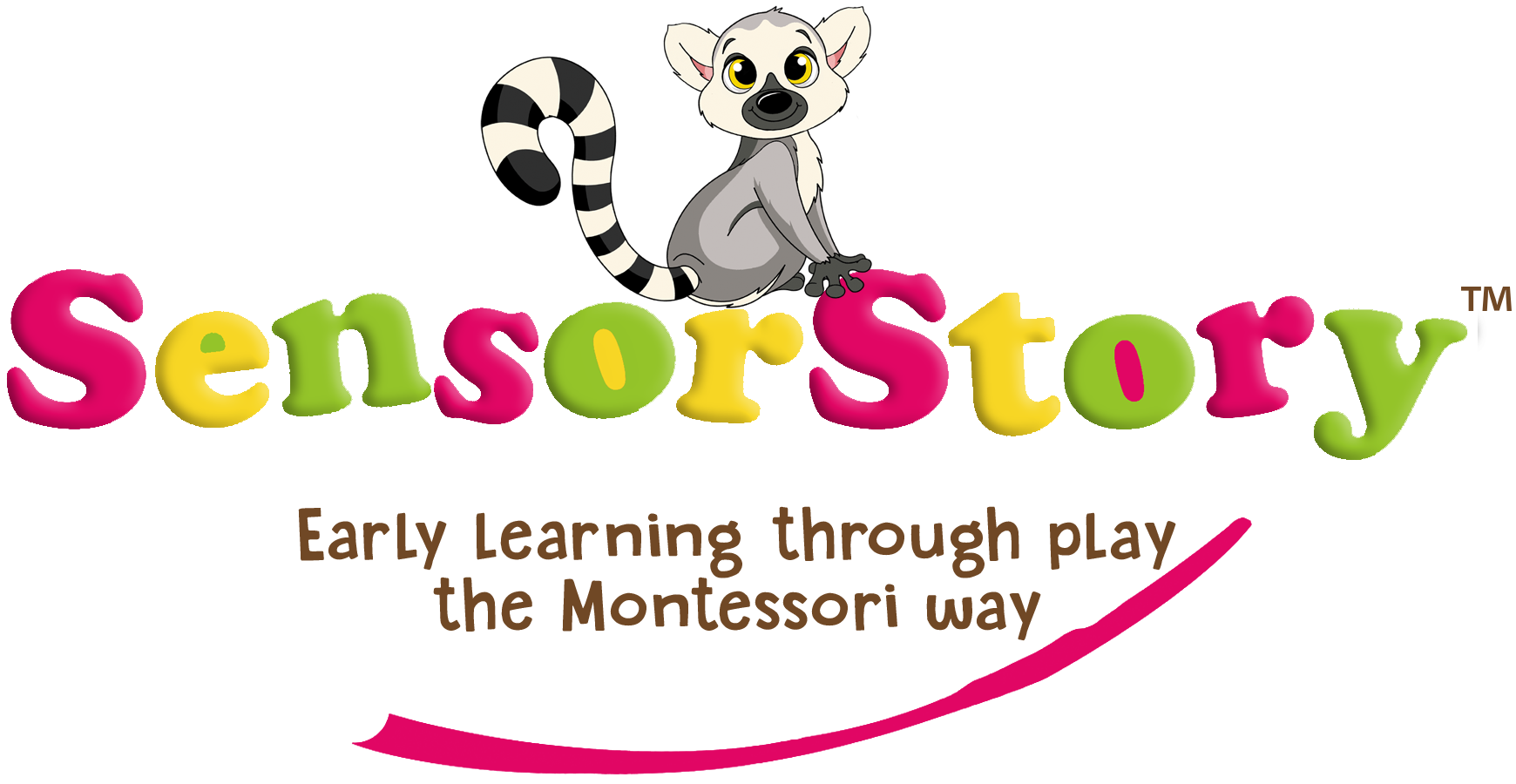The secret life of the Montessori baby (0 – 14 months)
➡ Montessori is an education method and parenting philosophy, with a goal to nurture each child’s natural and deep-rooted desire to learn.
➡ Montessori recognises that this learning begins at birth, supporting the child’s natural development by providing a prepared environment that meets their needs and interests, building their intrinsic motivation and supporting their absorbent mind.
“the greatness of the human personality begins the hour of birth” – Dr. Maria Montessori
➡ A Montessori parent-child environment is a setting where parents/carers/nanny’s and their babies can participate in Montessori activities together, guided by a trained Montessori teacher. This environment works to benefit the baby in several ways, such as:
- allows infants to explore their environment, learn kinesthetically in a holistic environment, and develop a sense of independence, recognising the importance of building a strong caregiver-child bond, building focus and self-confidence,
- respects the baby’s individual pace and rhythm of development, and does not impose adult expectations or schedules on them, encouraging baby’s freedom of movement and choice, and does not restrict their mobility and exploration,
- offers carefully selected Montessori toys and materials that are safe, beautiful, and purposeful, incorporating simple one-step tasks that babies can do independently, fostering a sense of accomplishment.
- cultivates your baby’s concentration and attention, and does not distract or overstimulate the child with loud noises, bright lights, or excessive toys; which can effect a child’s ability to concentrate later in life. A Montessori sensory environment for babies should offer the child one activity at a time, allow them time to complete a cycle of work; without interruption or intervention, and observe their moments of deep engagement and joy.
“Others, as a result of careful study, have come to the same conclusion that the first three years are the most important in the whole span of human life.” – Maria Montessori
WORK AREAS INCLUDE:
Language, Movement, Self-expression (Art & Crafts), Culture, Music, Eye-hand coordination & manipulatives, and early Practical life; involving activities such as;
🌱Reading and storytelling,
🌱Sensory rich exploration,
🌱Soft, rhythmic music and small, real musical instruments for baby to explore,
🌱Encouraging whole body movement to promote myelination, including mirror play at our movement mat and Montessori mobiles for our youngest babies,
🌱Soft visual stimulation; with a conscious effort not to overstimulate the senses,
🌱Order and predictability; a sense of order with an organised environment, where work areas can be found in the same place each session, and only a few materials or activities are rotated each term, helping babies develop a sense of predictability, which will only become more important for your child as their Sensitive Period for order develops at around 6-months-old and peaks at around the age of 2,
🌱Auditory stimulation; with an effort to create a quiet and peaceful environment to support auditory comfort, and aid concentration,
🌱Bonding; SensorStory offers an optional guided baby massage during the last class of each term, using our accredited baby massage routines, as well as observation tasks each term which build mutual trust and understanding,
🌱Exploration with scooping, transferring, child-sized hair brushes to model how we brush hair, opening and closing containers with easy-to-manipulate lids; part of early practical life skills,
🌱Art exploration; part of self-expression,
🌱Encouraging gentle grasping, reaching and hand movements for fine motor skill development,
🌱Introduction to simple Montessori materials, designed for infants, promoting exploration and manipulation; materials focus on sensory experiences, object permanence, eye-hand coordination, sorting and categorising, and cause-and-effect relationships. The focus here is on one-step activities. Babies are capable of, and eager to learn, one step activities, where the number of steps they can master will increase as their executive functioning and coordination continue to improve,
🌱Parent/carer/nanny involvement; encourages active parent involvement in the learning process, and providing resources and guidance for families to extend Montessori principles into the home environment,
🌱Development of concentration and supporting focus; fostering baby’s concentration, attention, and joy by offering them one activity at a time, allowing them to complete a cycle of work, and observing their moments of deep engagement and satisfaction,
🌱Following your babies Sensitive Periods,
🌱Exploration with safe objects and mouthing (read more about why it’s vital for baby’s cognitive development we allow babies to mouth safe and clean objects here),
🌱Maintaining a calm environment, free from excessive stimulation, that encourages responsive interaction and observation; time to observe your baby, carefully and respectfully, without interrupting, distracting or overwhelming them, to learn about their needs, current interests and preferences,
🌱Nature and outdoor exposure; when the weather permits or via our culture work indoors,
🌱Whole Child development; in Montessori we ‘follow the child’, adapting activities based on observation of your baby’s developmental stage and individual interests.
🌟The key in a Montessori environment is to provide your child with real, purposeful and age-appropriate tools and materials that allow them to engage in activities independently and at their own pace.
🌻Everything in a Montessori environment, from birth, should be proportionate to the child’s size and designed to be safe & aesthetically pleasing for your child; toys and materials should be aesthetically pleasing and ideally wooden, not plastic.
To take a deeper dive in to the topic of what is Montessori, check out our article
What is Montessori where we take a closer look at sensitive periods, prepared environment, Montessori materials and curriculum.
To see more about what makes a toy Montessori click here for our Montessori Toys vs Non-Montessori toys FAQ.
